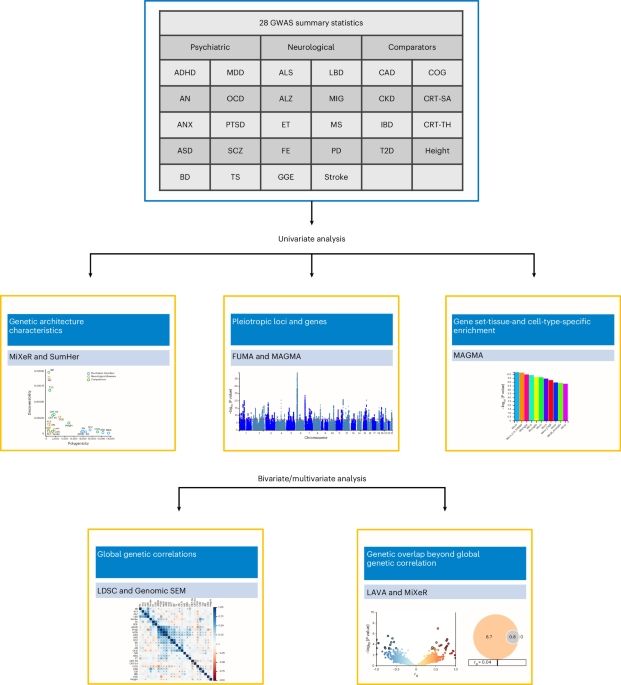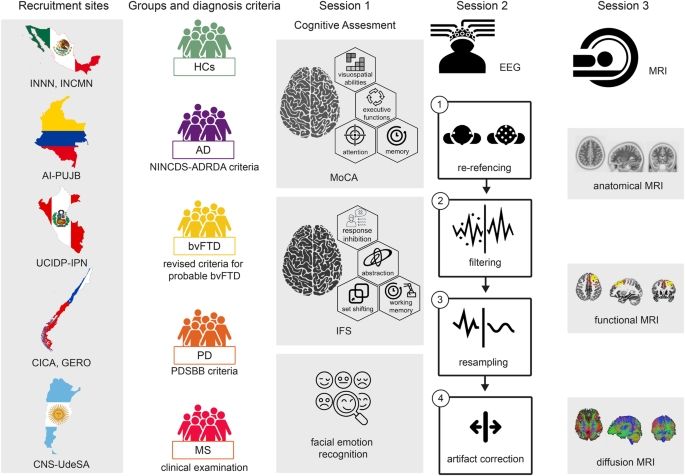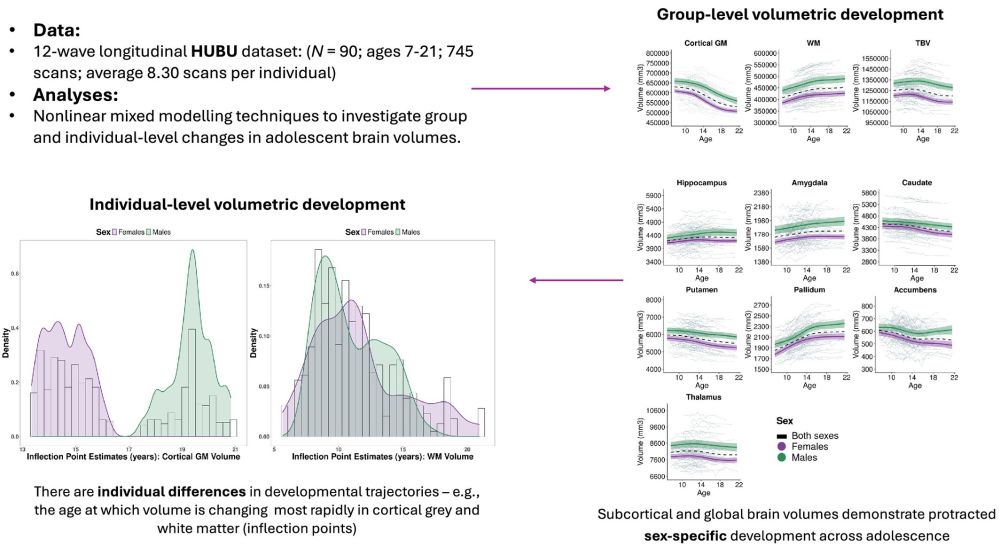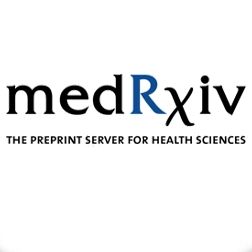Brain (bio)markers, big data, MRI, meta & open/better science. Views are my own.
Marc-Andre Schulz, Nys Tjade Siegel, Kerstin Ritter
journals.plos.org/plosbiology/...

Marc-Andre Schulz, Nys Tjade Siegel, Kerstin Ritter
journals.plos.org/plosbiology/...
Mass-univariate analysis is still the bread-and-butter: intuitive, fast… and chronically overfitted. Add harsh multiple-comparison penalties, and we patch the workflow with statistical band-aids. No wonder the stringency debates never die.
Mass-univariate analysis is still the bread-and-butter: intuitive, fast… and chronically overfitted. Add harsh multiple-comparison penalties, and we patch the workflow with statistical band-aids. No wonder the stringency debates never die.



An fMRI approach to assess intracranial arterial-to-venous cardiac pulse delay in aging
doi.org/10.1162/IMAG...

An fMRI approach to assess intracranial arterial-to-venous cardiac pulse delay in aging
doi.org/10.1162/IMAG...
We show that structural connectivity, as measured by high-resolution diffusion-weighted MRI, improved the ability to predict age-related alterations in brain function and cognition, relative to standard spatial resolution.

We show that structural connectivity, as measured by high-resolution diffusion-weighted MRI, improved the ability to predict age-related alterations in brain function and cognition, relative to standard spatial resolution.

Individual Differences in Developmental Trajectories of Global and Subcortical Brain Volumes Between Late Childhood and Late Adolescence: Findings From a 12-Wave Neuroimaging Study
Human Brain Mapping | Neuroimaging Journal | Wiley Online Library onlinelibrary.wiley.com/doi/full/10....

Individual Differences in Developmental Trajectories of Global and Subcortical Brain Volumes Between Late Childhood and Late Adolescence: Findings From a 12-Wave Neuroimaging Study
Human Brain Mapping | Neuroimaging Journal | Wiley Online Library onlinelibrary.wiley.com/doi/full/10....

Ultra-low-field brain MRI morphometry: Test–retest reliability and correspondence to high-field MRI
doi.org/10.1162/IMAG...

Ultra-low-field brain MRI morphometry: Test–retest reliability and correspondence to high-field MRI
doi.org/10.1162/IMAG...
www.cell.com/neuron/fullt...
#neuroscience

www.cell.com/neuron/fullt...
#neuroscience
Breakdown below.
rdcu.be/eLiQ7

Breakdown below.
rdcu.be/eLiQ7

In this chapter, we position Open Educational Resources (OERs) as not only cost-saving tools but as instruments of epistemic justice and inclusion.
📃 osf.io/preprints/ed...
🧵👇
In this chapter, we position Open Educational Resources (OERs) as not only cost-saving tools but as instruments of epistemic justice and inclusion.
📃 osf.io/preprints/ed...
🧵👇
Submit replications and reproductions from many different fields, as well as conceptual contributions. With diamond OA, open and citable peer review reports, and reproducibility checks, we push the boundaries of open and fair publishing.

Aishwarya Rajesh, Timothy Laumann, Qing Wang et al.
doi.org/10.21203/rs....
Aishwarya Rajesh, Timothy Laumann, Qing Wang et al.
doi.org/10.21203/rs....
doi.org/10.1002/hbm....

doi.org/10.1002/hbm....

Ramona Leenings et al doi.org/10.1101/2024...

Ramona Leenings et al doi.org/10.1101/2024...

Deep-learning segmentation of the substantia nigra from multiparametric MRI: Application to Parkinson’s disease
doi.org/10.1162/IMAG...

Deep-learning segmentation of the substantia nigra from multiparametric MRI: Application to Parkinson’s disease
doi.org/10.1162/IMAG...



